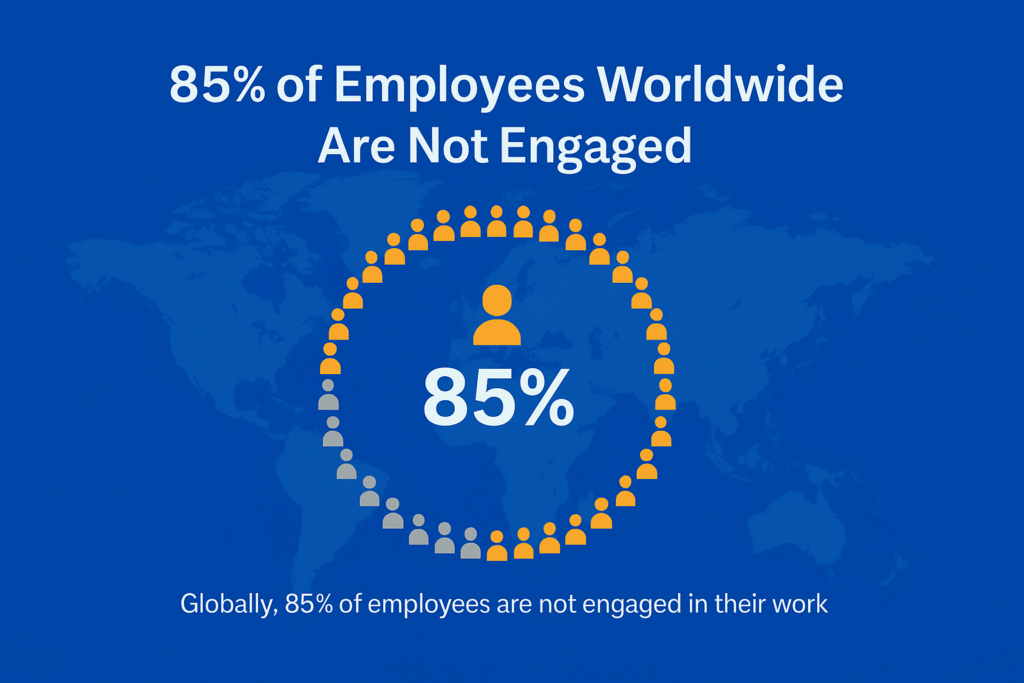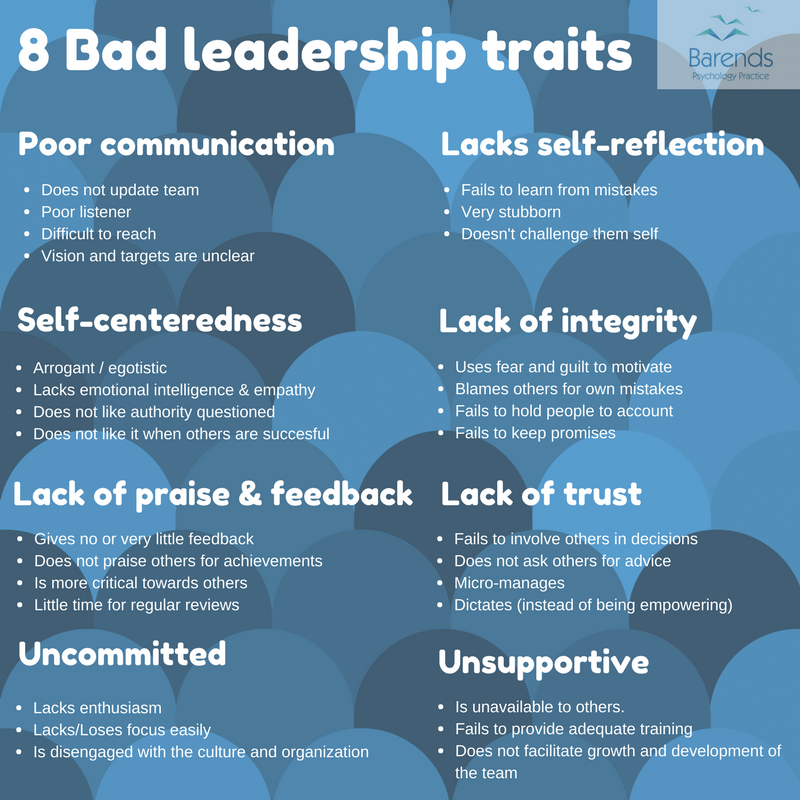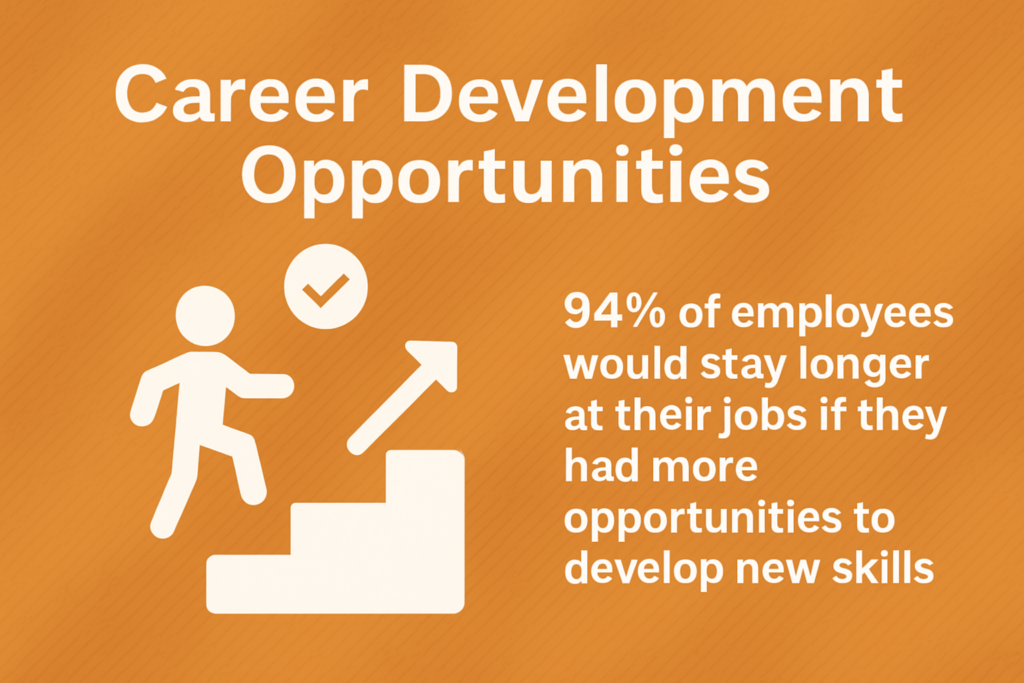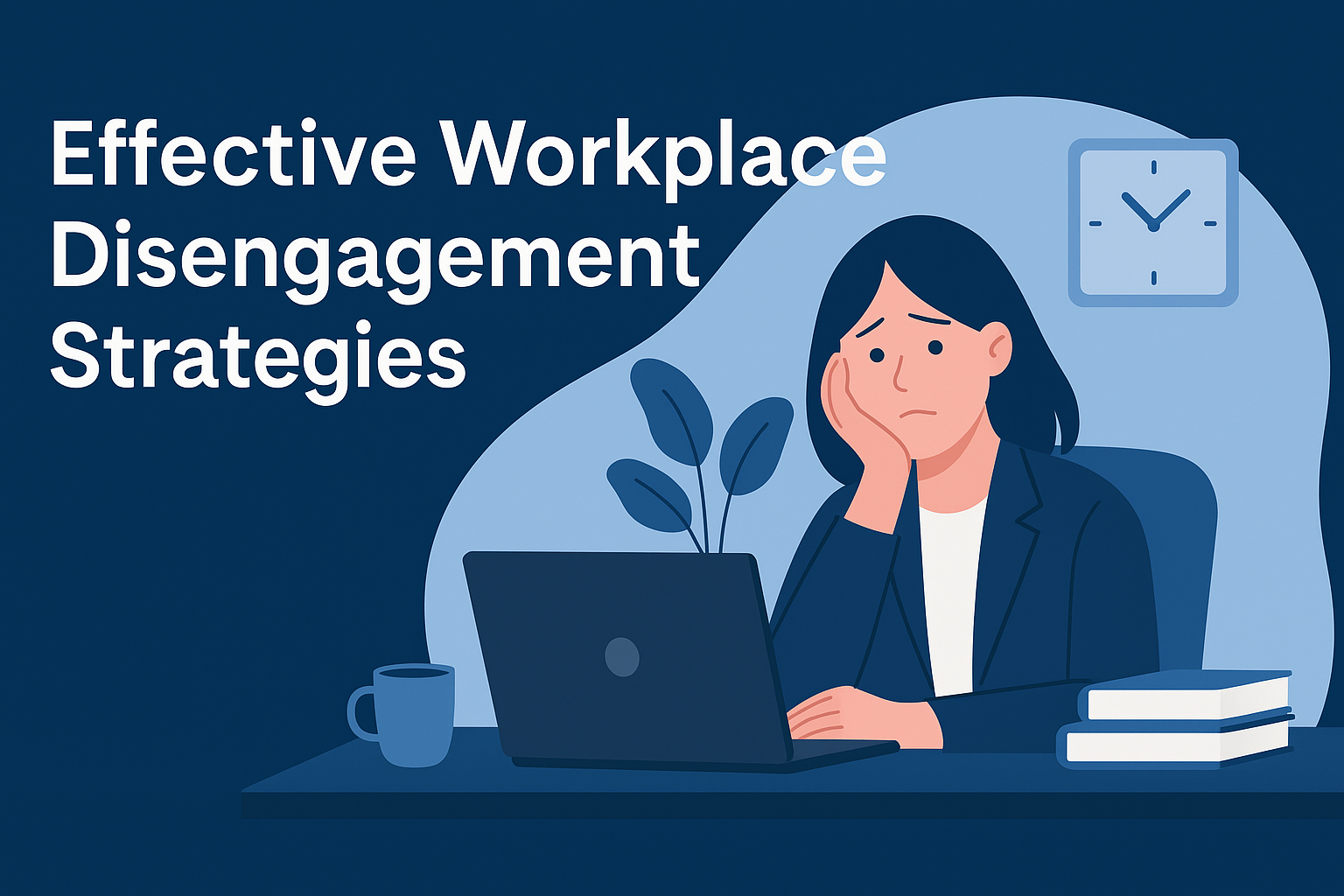Employee disengagement is a growing concern for many organizations. Despite efforts to improve workplace culture, the number of disengaged employees is on the rise. In fact, a recent Gallup report revealed that 85% of employees worldwide are not fully engaged at work, which can significantly impact productivity, morale, and overall organizational success.

So, what’s behind this disengagement? And how can companies reignite the spark that’s missing in the hearts of their employees?
Understanding Disengagement: It’s More Than Just “Not Caring”
Disengagement is often misunderstood. It’s not simply a case of employees not caring—it’s deeper than that. It’s about employees being emotionally detached from their work, their team, and even the company’s mission. A Harvard Business Review study found that more than half of employees who leave a company cite a lack of meaningful work and poor relationships with their managers as primary reasons for their departure.
Disengagement may manifest in different ways—such as decreased productivity, poor communication, and lack of initiative—but the root cause often lies in unaddressed organizational issues. These issues could range from a lack of career growth opportunities to poor leadership, or even a disconnect between the company’s values and employee experiences.
What’s at Stake? The True Cost of Disengagement
The consequences of disengagement are far-reaching. Disengaged employees are twice as likely to leave as engaged employees, as reported by Gallup. Not only does this impact retention, but disengagement also affects the team and overall organizational performance. Towers Watson found that companies with high engagement have 22% higher profitability and 21% higher productivity compared to those with lower engagement levels.
Moreover, the disengagement of even a small percentage of your workforce can have a ripple effect on morale, customer satisfaction, and even your bottom line. According to a study from Deloitte, engaged employees are 87% more likely to go above and beyond in their roles, leading to better customer experiences and improved organizational performance.
Key Reasons for Disengagement
Disengagement doesn’t happen overnight. It’s a gradual process often triggered by specific factors within the organization. Some common reasons for disengagement include:
-
Lack of Recognition
Employees who feel undervalued are more likely to become disengaged. A study by Gallup found that recognition is the top driver of engagement, with 37% of employees saying they would stay longer at a company if they felt more appreciated.
-
Poor Leadership

Employees look to their managers for support, guidance, and direction. A Zenger & Folkman survey revealed that 40% of employees reported a lack of support from their managers as a leading factor in their disengagement. Poor communication, micromanagement, or a lack of trust can create an environment where employees feel disconnected. -
Limited Career Development
When employees don’t see a clear path for growth, they may lose motivation. LinkedIn’s 2023 Workforce Report revealed that 94% of employees would stay longer at their jobs if they had more opportunities to develop new skills.

-
Lack of Purpose or Alignment with Organizational Values
Employees want to feel that their work matters and aligns with the company’s mission. When employees feel disconnected from the company’s purpose, disengagement is more likely. A report by PwC showed that 79% of employees are more likely to be engaged when they feel their personal values align with their employer’s values.
How to Reignite Engagement: Practical Solutions
Addressing disengagement requires a proactive, holistic approach. Here are a few strategies organizations can adopt to reignite engagement:
-
Provide Clear Career Development Paths
Employees need to see a future within the company. Offering mentorship programs, continuous training, and clear paths for promotion can boost engagement. IBM has been particularly effective in providing its employees with career development opportunities through initiatives like IBM’s Your Learning platform.
-
Enhance Recognition and Feedback
Regular, sincere recognition can make employees feel valued. Simple gestures like saying “thank you,” providing personalized feedback, or offering rewards for a job well done can make a huge difference. Salesforce has implemented a company-wide recognition program where employees can recognize one another’s achievements, boosting morale and fostering a sense of community.
-
Improve Leadership and Management Practices
Investing in leadership development is crucial for engagement. Managers should be trained to communicate effectively, empower their teams, and offer the necessary support. Research by Gallup shows that employees who have a manager who focuses on their strengths are 60% more likely to be engaged.
-
Align Employees with Organizational Purpose
Reinforce how each employee’s work contributes to the company’s larger mission. Encourage open communication and share success stories to show the real impact of employees’ efforts. Patagonia is a prime example of a company that has built a strong connection between its mission and its workforce, leading to high levels of engagement.
-
Foster a Positive Work Culture
Create a work environment where employees feel safe, valued, and connected to each other. Google’s Project Aristotle showed that psychological safety, where employees feel comfortable expressing ideas and taking risks without fear of judgment, is key to high-performing, engaged teams.
By improving pay transparency and pay equity, companies can take a lead in improving disengagement. Compensation is the number 1 reason for attraction and retention of talent. We have developed some market leading compensation solutions to do exactly that.
Conclusion: Turning Disengagement into Engagement
Disengagement is a significant challenge, but it’s not insurmountable. By understanding the root causes and implementing targeted strategies, organizations can reignite the passion, motivation, and commitment of their workforce. Building a culture of recognition, offering opportunities for growth, improving leadership, and aligning with purpose are critical steps toward boosting employee engagement. The benefits are clear: a more engaged workforce leads to better performance, higher retention, and a more resilient organization overall.

